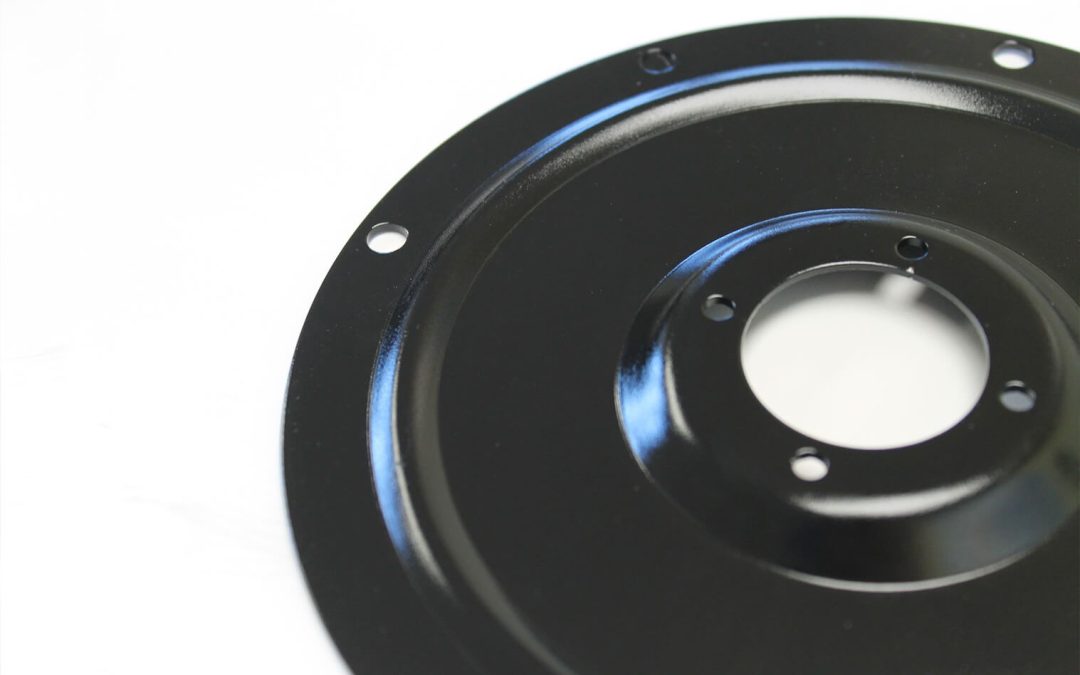In an era where durability meets environmental consciousness, E-Coating Technology emerges as a pivotal advancement in the industrial coating landscape. This comprehensive guide explores the Environmental Benefits of E-Coating and its diverse Applications in Industries, highlighting its role in offering sustainable, efficient solutions. Whether you’re a manufacturer, an environmental advocate, or a technology enthusiast, understanding the nuances of E-Coating is crucial for navigating the modern demands of surface treatments.
What is E-Coating?
E-coating, or electrophoretic painting, is a method used to apply paint and other materials to conductive surfaces. It employs electrical current to deposit the coating material onto the part submerged in a bath. This process ensures a uniform coat even on complex shapes, making it highly sought after in automotive, aerospace, and electronic industries. The result is a flawless, durable finish that not only enhances the product’s appeal but also significantly extends its life by protecting against corrosion, wear, and environmental factors.
The Environmental Edge of E-Coating
One of the standout features of e-coating is its environmentally friendly profile. Unlike traditional painting techniques that often involve solvents and release volatile organic compounds (VOCs) into the atmosphere, e-coating is predominantly water-based. This characteristic drastically reduces hazardous emissions, aligning with the global push towards greener manufacturing processes.
Advanced Applications in Industries
E-coating’s versatility allows it to serve various sectors with distinct needs. In the automotive industry, it provides corrosion resistance essential for vehicle longevity and reliability. In electronics, it offers precision coating necessary for component protection without compromising functionality. The aerospace sector benefits from its ability to coat lightweight metals like aluminum without adding significant weight, preserving the structural integrity and aerodynamics of aircraft components.
Technological Innovations in E-Coating
Recent advancements have propelled e-coating technology forward, enhancing its application efficiency and environmental sustainability. Innovations such as ultrafiltration systems in e-coat tanks have improved the recovery and reuse of paint materials, reducing waste and operational costs. Additionally, the development of low-temperature cure e-coats has opened new applications in industries sensitive to high processing temperatures, such as plastics and composites.
The Economic Impact of E-Coating
Implementing e-coating can significantly affect a company’s bottom line. It reduces paint consumption, minimises waste, and often requires less energy than conventional painting methods. Moreover, the uniform deposition reduces rework and scrap rates, enhancing overall manufacturing efficiency. For businesses aiming to balance cost-effectiveness with environmental responsibility, e-coating presents a compelling solution.
Challenges and Considerations
Despite its advantages, e-coating is not without challenges. The initial setup and operational costs can be substantial, necessitating careful planning and investment. Moreover, the process must be meticulously controlled to prevent defects such as pinholes and inadequate coating thickness, which can compromise the coating’s protective qualities.
Looking to the Future
As industries continue to evolve, e-coating stands out as a vital component in the future of manufacturing. Highlighting the environmental benefits of e-coating, ongoing research and development aim to enhance its efficiency and sustainability. Companies adopting this technology not only secure a competitive edge but also significantly contribute to a greener future.
Frequently Asked Questions
How durable is e-coating compared to traditional paint methods? E-coating typically provides superior durability due to its uniform coverage and excellent adhesion properties.
Can e-coating be applied to non-metallic substrates? While e-coating is primarily used for metallic substrates due to the need for electrical conductivity, advances are being made to treat non-conductive materials effectively.
What are the maintenance requirements for an e-coating system? Regular maintenance includes monitoring bath composition and thickness settings. Thus, ensuring consistent quality and efficiency.
Conclusion
E-coating stands as a testament to how traditional manufacturing can adapt to meet modern environmental and technological standards. As we advance, the integration of such processes will be crucial for industries aiming to enhance product quality while adhering to stringent environmental regulations.
Explore the sustainable future of industrial coatings with East Midland Coatings and discover how your business can benefit from the advanced capabilities of e-coating. Whether enhancing product durability or committing to environmental stewardship, embracing this technology positions companies at the forefront of industry innovation.

